

Uh oh...
It appears that you're using a severely outdated version of Safari on Windows. Many features won't work correctly, and functionality can't be guaranteed. Please try viewing this website in Edge, Mozilla, Chrome, or another modern browser. Sorry for any inconvenience this may have caused!
Read More about this safari issue.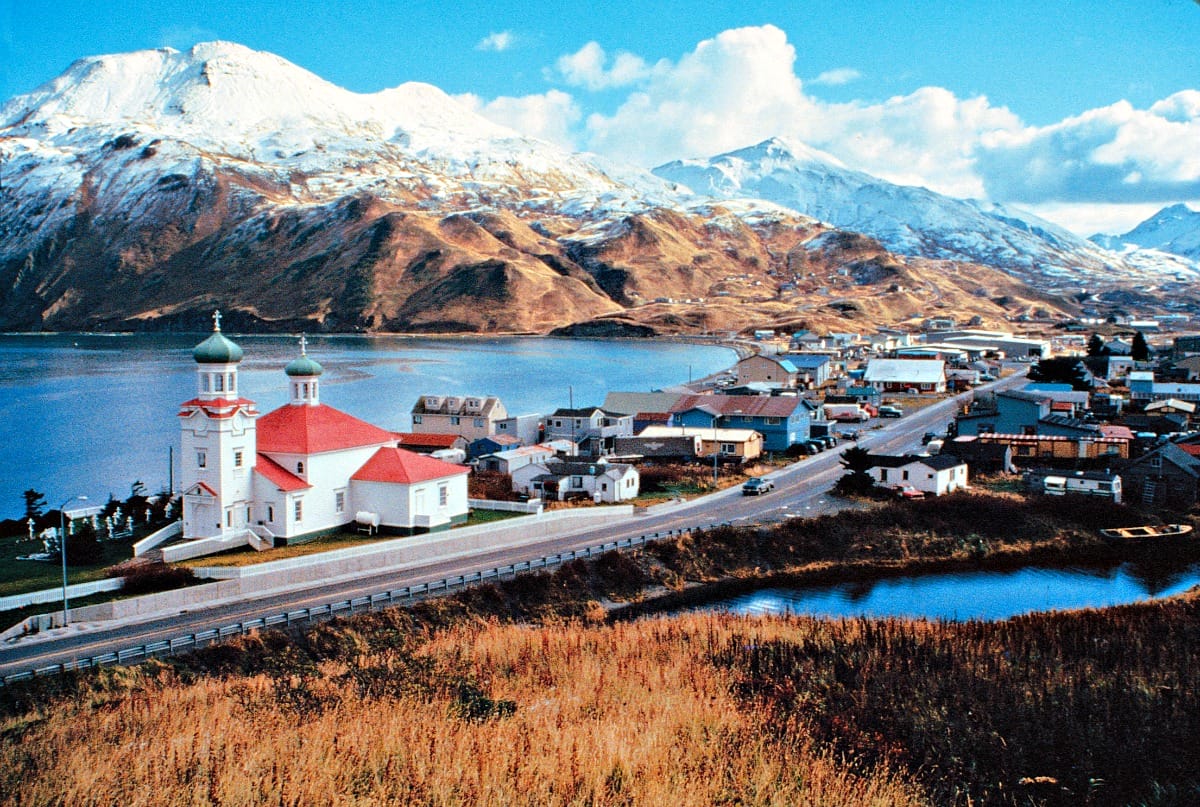

Many men and women from Arkansas have proudly served in the military during various wars, but few have heard of the role the 206th Coast Artillery Regiment of the Arkansas National Guard played in World War II. While most troops fought the war on the European or Japanese fronts, the boys of the 206th found themselves on the cold shores of Alaska at the fate of coin toss in what they coined as the Williwaw War.

In January of 1941, the U.S. federalized the Arkansas National Guard. The members of the 206th Coast Artillery (Antiaircraft) began to prepare for a war the U.S. had yet to enter. Young men from all over Arkansas made up the 206th Coast Artillery. Many were college students who hoped to resume their studies after their one-year commitment. The guard unit traveled to Fort Bliss in El Paso, Texas, to begin their training with three other anti-aircraft Guard units from New Mexico, Illinois and D.C., as well as a regular army unit from California. After months in Texas, the 206th learned they were being assigned to an unlikely location: Dutch Harbor, Alaska.
Rumors surfaced quickly in the camp that the Arkansas regiment lost a coin toss to the California regiment, which was being deployed to the Philippines. Whether this was true or not, the Arkansas boys were headed to Dutch Harbor on Amaknak Island, part of a chain of islands in the Aleutian archipelago in Alaska. Many felt envious of the Californians who were headed for warmer weather and almost guaranteed action in the Pacific. Years later, members of the 206th reflected that this seemingly random assignment probably saved their lives.

On arrival to Dutch Harbor, most of the 206th were stunned at the scenery. The volcanic islands of the Aleutian archipelago are covered by green moss and small, colorful flowers. Mountains rise sharply out of the ocean. Descriptions ranged from bleak and desolate to beautiful and unspoiled. As the men unloaded their belongings from the ship they took to Dutch Harbor, they spotted dock workers dressed in rain gear, despite the bright August sunshine. As the 206th started their two-mile march to their barracks, the weather changed and rained on them three times. This was the 206th’s first introduction to the unpredictable weather that would become their chief enemy for the duration of their time in Alaska.

Photo Credit: Wikimedia Commons
The weather on the Aleutian Islands is markedly different from its Alaskan mainland. The islands don’t experience the wide temperature swings the mainland does. In the winter the average is roughly 28-48 degrees and the summers range from 34-52 degrees. The islands receive some form of precipitation over 200 days a year, whether it comes as rain, mist, sleet or snow. Fog and high winds plague the islands. Williwaw is actually a type of wind that originates from a mountaintop and descends to the sea. The men from the 206th reported that the wind seemed to drive at them from every direction all at once. The williwaw wind could become so violent it ripped tents apart and blew away anything else not staked down. When combined with the cold temperatures and sleet and snow of winter, it proved deadly. Guard duty only lasted 15 minutes in these conditions and guards worked from glass-enclosed structures.
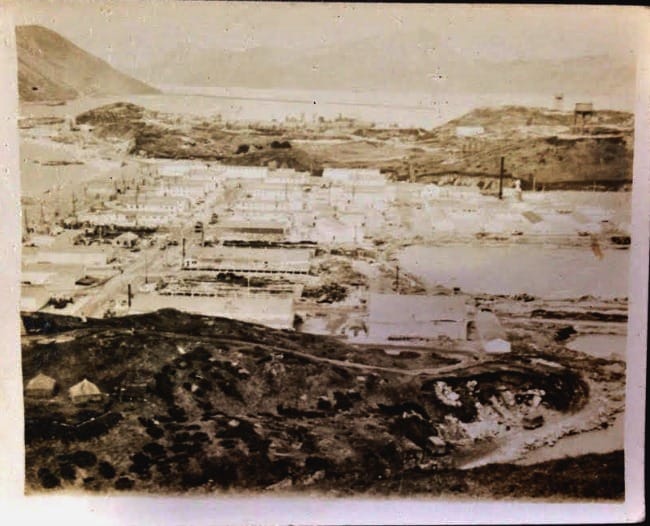
The 206th helped finish the construction of a naval airbase and Fort Mears. They were the only two military installations in the Aleutian Islands and their presence was meant to be a deterrence to the Japanese in the event they decided to attack the U.S from the north. For the men of the 206th in the fall of 1941, this seemed a distant thought. They built batteries high on the hills of the island from which to fire their anti-aircraft guns and drilled each day.
They also fought boredom in any way they could. Radio reception was poor and the men could only tune in stations between 8 and 10 p.m. Mail took 30 days to reach the island from Arkansas. Along with letters from home, many men took their hometown newspapers and shared news from papers like the Arkansas Gazette, Jonesboro Daily Tribune and the Hot Springs New Era. Magazines like Life, Time and Reader’s Digest were also widely read.
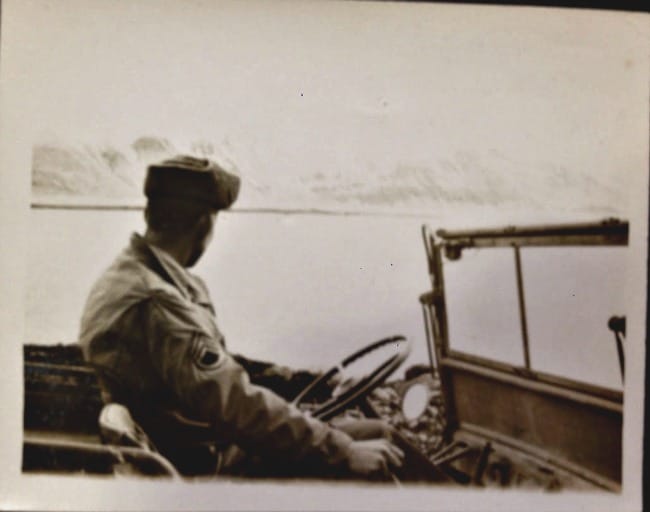
Ten days before the attack on Pearl Harbor, Dutch Harbor received an encrypted message that put the area on high alert for a possible attack from the Japanese. The attack didn’t come. Instead, the men received word that Pearl Harbor had been attacked. Though it wasn’t the attack they expected, the Arkansas contingent understood their year of service, nearly complete, would now be extended.
The mood at Dutch Harbor changed drastically. The army had 2,200 men stationed there in December 1941. With the U.S. entry into World War II, they were told not to expect reinforcements or replacements as soldiers were deployed to Europe, North Africa and the Pacific. Many in the 206th believed a Japanese attack on their island was imminent and that they had neither the men nor the artillery to stop it.
The winter and spring of 1942 brought williwaw after williwaw, with snow so deep it stalled trucks, froze windshields and beat the men from every direction, sometimes bowling them over. Throughout the harsh winter, rumors of Japanese attacks abounded. It may be the frequency of the rumors that caught the 206th and other regiments stationed in Dutch Harbor by surprise when the Japanese actually did attack. Early on the morning of June 3rd, 1942, the 206th were awakened by the sound of explosions and Japanese “Zeros,” fighter planes that raked the island with gunfire.
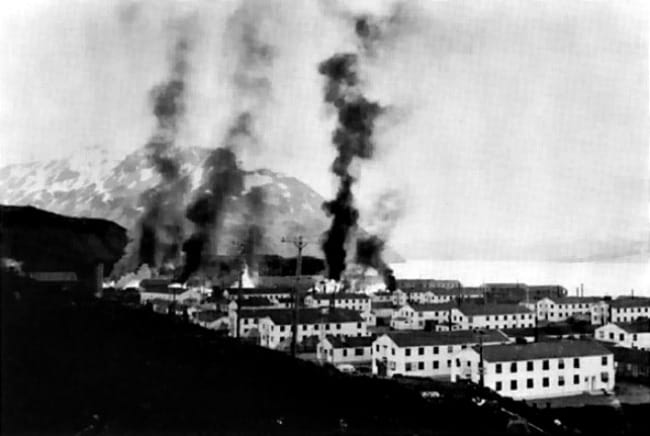
After the initial surprise, months of training kicked in and the 206th raced for their positions and returned fire with their anti-aircraft guns. The battle was short, but the Japanese inflicted damage to the hospital, a warehouse and several vehicles, including the truck Jonesboro native James R. “Willie Boy” Wiles was driving. Wiles was killed, one of the few casualties the 206th incurred during their stint in Dutch Harbor.
After the attack, the men prepared for a ground invasion by the Japanese. On June 4th, the Zeros attacked again, this time destroying some army barracks, warehouses and oil tanks. Forty-three men were killed in the attacks, but the ground invasion never came. Instead, the Japanese left Dutch Harbor and attacked the outermost Aleutian Islands of Attu and Kiska. The U.S. had no military presence on Attu and little on Kiska. The islands were taken easily.
While rumors flew for several months of other Japanese invasions, they amounted to nothing. The 206th continued to battle boredom through training and what little entertainment they could find, including card games and the movies shown many nights. The end of 1942 found the 206th in the same position as 1941, hunkered down amidst the williwaws in Dutch Harbor.
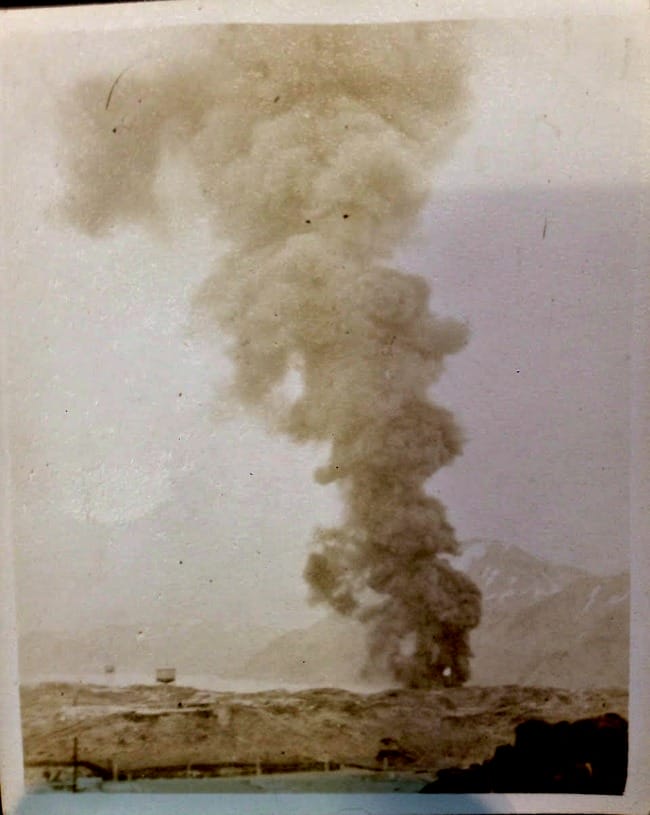
In May of 1943, the U.S. took back the island of Attu, incurring high casualties, but the men of the 206th weren’t involved in the fight. The Japanese abandoned Kiska shortly afterward, and the U.S. began to slowly disperse its forces in Alaska to other parts of the war. Finally, in the early months of 1944, the men of the 206th left the harsh but beautiful Aleutian Islands for the U.S. mainland. The 206th was split into different existing battalions from Louisiana, South Carolina and a weapons battery and many of the Arkansas members served the rest of the war in brief stints on the European front, where they quickly encountered more fighting than they’d seen in over two years on the frozen tundra of Alaska.
The men of the 206th Coast Artillery Unit felt their part in the war was largely forgotten, but they played a key role in the early years of World War II. Though their time in Alaska only involved a single battle, their continual struggle against the williwaws kept the Japanese from launching another devastating attack against the U.S.
Author’s Note: Much of the 206th’s story is contained in a single book, The Williwaw War: The Arkansas National Guard in the Aleutians in World War II by Donald M. Goldstein and Katherine V. Dillon. Personals accounts and photos can also be found at the Butler Center for Arkansas Studies in the Charles A. Williams, Jr. collection.
Williwaw War Header Photo of Unalaska, Alaska by Wanetta Ayers
We do the work.
You check your email.
Sign up for our weekly e-news.
Get stories sent straight to your inbox!










 Leave a Reply
Leave a Reply
[…] in the guard. As part of the army in Alaska, Oscar would have experienced what is called the Williwaw War, a mostly forgotten part of World War II, though many Arkansas soldiers actually served in the […]
[…] on the 206th: 1945 Arkansas Tech Wonder Boys The Williwaw War Bud Mobley in […]